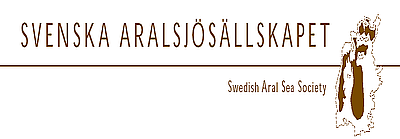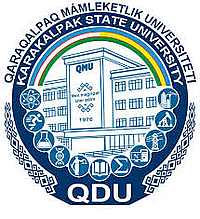Välkommen till Svenska Aralsjösällskapet
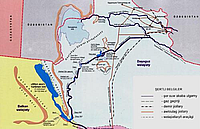
Altyn Asyr – The Golden Age Lake
Bo Libert, december 2020
På grund av de omfattande bevattningssystemen i Centralasien finns det platser där det finns för lite vatten och andra platser där det finns för mycket. Ny infrastruktur har byggts och är under uppbyggnad för att minska de problem som orsakas. Kok-Aral är en reservoar på Syr Darya byggd av Kazakstan för att samla vatten på vintern för norra Aralsjön, Sardobe-dammen vid samma flod som nyligen gick sönder byggdes i Uzbekistan för att samla vatten för bevattning och, naturligtvis, Rogundammen byggd i Tadzjikistan på en biflod till Amu Darya främst för energiändamål.
Altyn Asyr – The Golden Age Lake (PDF)
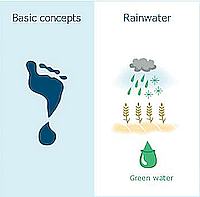
The Water Footprint in Central Asia
Bo Libert
The Water Footprint is a measure of the water use for the production of goods and services.
Last year I was involved in drafting the report Water Footprint Analysis of Central Asia. It presents the results of one of the first practical applications of the Water Footprint Assessment methodology in Central Asia.
The countries covered are Kazakhstan, Kyrgyzstan, Tajikistan, Turkmenistan, and Uzbekistan. The results show that agriculture has by far the largest Water Footprint and this sector is the focus of the report. The Water Footprint of agriculture can be reduced significantly by using water more efficiently.
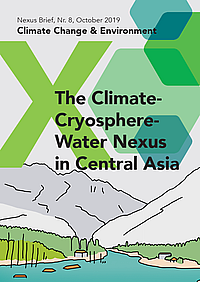
Melting Glaciers in Central Asia
Bo Libert, oktober 2020
Klimatförändringarna bidrar till betydande förändringar när det gäller hur mycket vatten som finns i glaciärer i Centralasien. Det är särskilt i uppströmsländerna Kirgizistan och Tadzjikistan som glaciärer finns. I de höga bergen i Tien Shan och Pamir kan is och snö samlas och bildar glaciärer.
Melting Glaciers in Central Asia (PDF)

New Initiatives in the Aral Sea Region
Bo Libert
Under de senaste åren har nytänkande utvecklats i Aralsjöområdet för att motverka miljökatastrofen – eller åtminstone för att utveckla några positiva initiativ som det lokala och internationella samfundet kan samlas kring för att förbättra levnadsvillkoren i området.
För den som är nyfiken finns mer att läsa om Aralsjön och miljöproblemen i Aralsjöområdet.
{phocadownload view=category|id=3|target=b}
Sida 3 av 15
